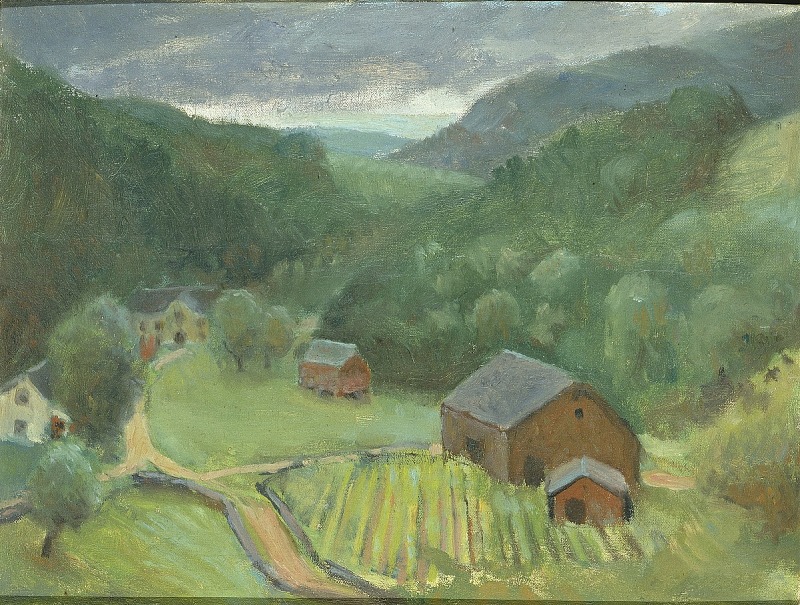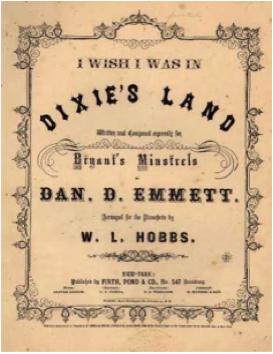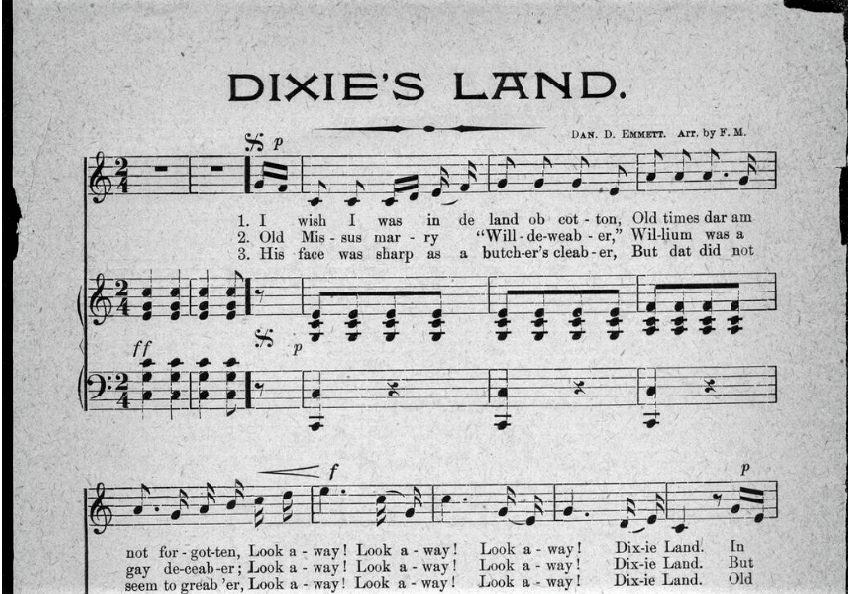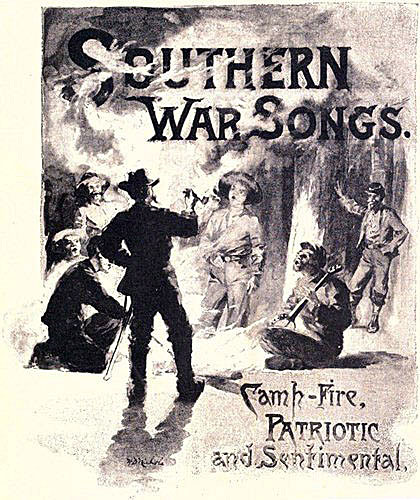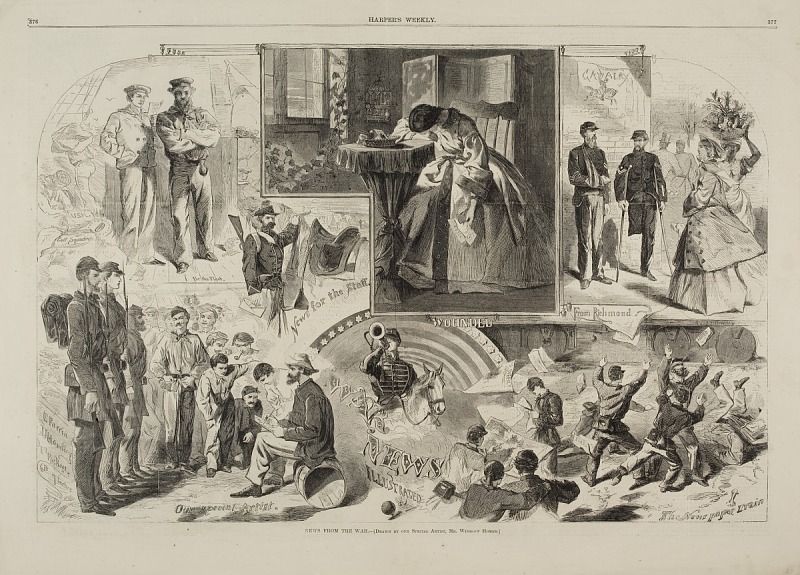The Eating of the Poi
Traditional Hawaiian song
Annotations by JEssica Cory
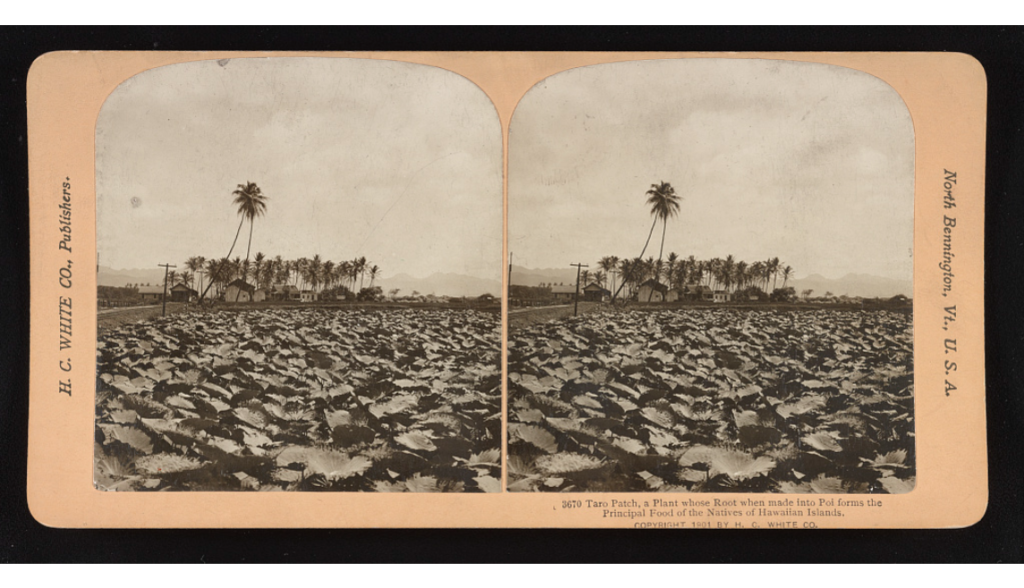
Oh dear! Oh dear! a very queer And curious thing I’ve seen, Which takes the shine completely off, The wearing of the green; Potatoes constitute a dish That Irishmen enjoy, But it can’t hold a candle to The eating of the poi. [1] I met a fat kanaka, and he [2] Asked me to his hale [3] He wore no clothes to speak of, But a pa-u and papale.[4] Upon a mat cross-legged we sat, And there, and then, my boy, I was initiated in The eating of the poi. A calabash before us stood, Tutui in a dish, [5] And in another one, some Animated shrimps and fish; We pitched in, and did No cutlery employ, The finger is the instrument For the eating of the poi. You dip it in, and stir it round, ‘Tis difficult to learn, And harder to describe the Proper scientific turn, Sometimes one finger, sometimes two, And sometimes three employ, According to your appetite When eating of the poi. To unaccustomed lips, it has, A most peculiar taste, A strong similarity To very ancient paste. But when you’ve clean’d the calabash, You’ll want to hiamoe [6] And soon get fat as butter, just From eating of the poi.
“The eating of the poi.” In ka buke o na leo mele hawaii no ka pono a me ka pomaikai o na home hawaii na anaina hoolaulea a me na aha mele hoonanea (book of hawaiian songs for the good and the happiness of hawaiian homes for friendly gatherings and for musical assemblies) edited by keakaokalani and j.m. bright, 96.
[1] Poi is a common food in traditional Native Hawaiian cuisine. It is made from pounding or mashing cooked taro root.
[2] Kanaka is short for Kānaka Maoli, the people Indigenous to Hawai’i.
[3] Hale means home or house.
[4] A pa-u is a skirt and papale is a hat, especially a hat made on coconut fronds.
[5] Tutui is candlenut, the seed of the fruit bearing candlenut tree, Aleurites moluccanus.
[6] Hiamoe means to doze or nap.
Contexts
This song does not appear to have an author and, in the publication by Keakaokalani and Bright, did not include any sheet music or other indication of accompaniment. As a traditional song though, it is likely that the publication’s audience would have been familiar with how to perform the tune. Because “The Eating of the Poi” is a traditional song, it has certainly been performed by countless people, including The Waialea Trio. Some sources also note that “The Eating of the Poi” is the first hapa-haole (literally half-white) song, meaning the first song “with lyrics being a combination of English and Hawaiian (or wholly English).”
Resources for Further Study
- To learn more about traditional Hawaiian foods, check out Kathryn Orr’s presentation, which also includes recipes.A Hawaiian tourism page also includes a glossary of Hawaiian food terms that also might be helpful.
- For further information about Hawaiian music, the Smithsonian details some of the elements found in a variety of Hawaiian music styles. This wiki by hosted by McGill University provides more in-depth discussion of the evolution of musical styles in Hawai’i.
Pedagogy
When teaching about aspects of Native Hawaiian culture, including music and food, it’s also important to keep in mind the power dynamics that exist between Native Hawaiians and white settlers, both in historical and contemporary times, as well as the power dynamics involved in research. In teaching early Native Hawaiian texts, the dynamics between pro-annexationists and those opposed to annexation are also important to include, particularly in discussions of Native sovereignty.
- Just as you wouldn’t (hopefully) encourage students to make feathered headdresses as part of a lesson, don’t have them don hula skirts either. Kumu Leilehua explains why both are a problem.
- For more advanced classrooms, it would be helpful to delve into Indigenous food sovereignty and how U.S. policies (particularly environmental policies) affect the ability to procure some traditional foods. Jeremy Miller provides a good introduction on this issue for The Sierra Club, and Don Heacock, a kalo (taro) farmer, explores the links between agriculture and food sovereignty in Hawai’i.

